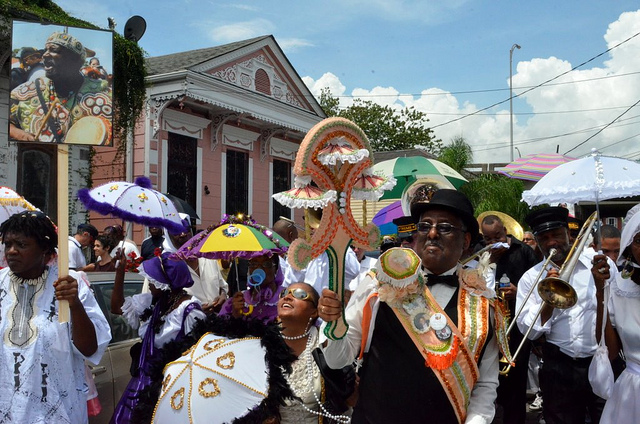My daughter spent the weekend at a grief camp for kids. This one, Camp Comfort Zone, is particularly remarkable because of their parent support groups. I got to have dinner Friday night with other parents and guardians – brave folks who had also just turned their child/children over to complete strangers in the hopes that a weekend of peer experiences around loss might help these kids feel a little more connected, a little more seen.
When I came to pick her up on Sunday, we did the process again, this time over snacks. We sat in a packed recreational room and got feedback from counselors about what our children needed, how they felt, what they wanted us to know about their young grief. I was floored by the level of connection, enriched by the specificity of what was said.
Then a wonderful volunteer stood up. She is a licensed family therapist, a black woman in her mid-fifties, a native of New Orleans. She had worked all weekend with kids ages 8-9, helping them express what too often goes unexpressed. This was her giveback. The first thing she spoke about was the power of tradition in grief. She talked about it in relation to the city she loves, New Orleans – a city that took on water, drowned, changed and had to start over after devastation. Then she explained the Second Line – the New Orleans funeral procession that is a tradition of celebrating a life.
I grew up in the Gulf so I know about the Second Line. I have relatives who have lived in Louisiana and I like jazz the way, some people love coffee or yoga. I need to hear a note of it everyday for the world to make sense. Since New Orleans is the birthplace of jazz, I had come to first know about the Second Line because of that music – the trumpets, drums, the sax and tuba. But you really understand the Second Line when you have to explain it to someone else. I remember first explaining it to my husband not long after he moved to the States. As a Sicilian who loved the American blues as much as I loved jazz, we had a long conversation. This unique, regional American funeral tradition floored him. The idea that a band of musicians traveled behind the funeral procession singing a celebration to the life of the person who had passed ran counter to everything his culture did around death. The Sicilian in him had never considered that jubilance for life could be the yin to the yang of pathos and grief. He came to love the Second Line, the music, the street dancing, the colorful clothes. He loved that it exists as a reminder of life. It made him smile about something he rarely smiled about, death.
As this counselor finished up her group explanation, she asked everyone to reach for the box of tissue near their chair. She told us to pull out a piece and get ready to wave it in the air. She had taught these grieving kids about the Second Line. A celebration was about to go down. That’s when I heard the first sharp notes of a horn. A piercing first sound that filled the room. In that moment, my worries about this journey my daughter and I are on receded just a bit. With that first note, I felt a promise that we might be okay.
One by one, knobby kneed kids who hadn’t showered but who had communed with horses and thrown their worries into a campfire, these children walked into the the recreation room of the Shalom camp in Malibu waving white cloths they had decorated in honor of their loved ones. At the edge of the room, someone turned up the volume. Someone else whistled. And these kids marched a dance of grief and renewal as they made their way in a cohesive rhythmic line through the packed room. Anyone could see they were not just honoring their loved ones, they were honoring the part of themselves that is seeing them through loss.


